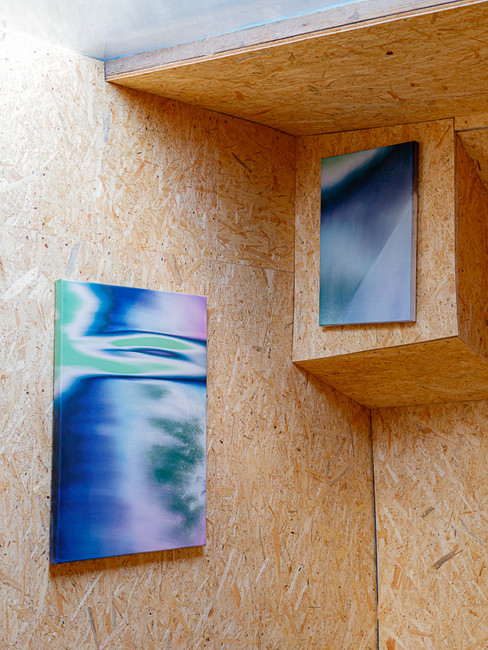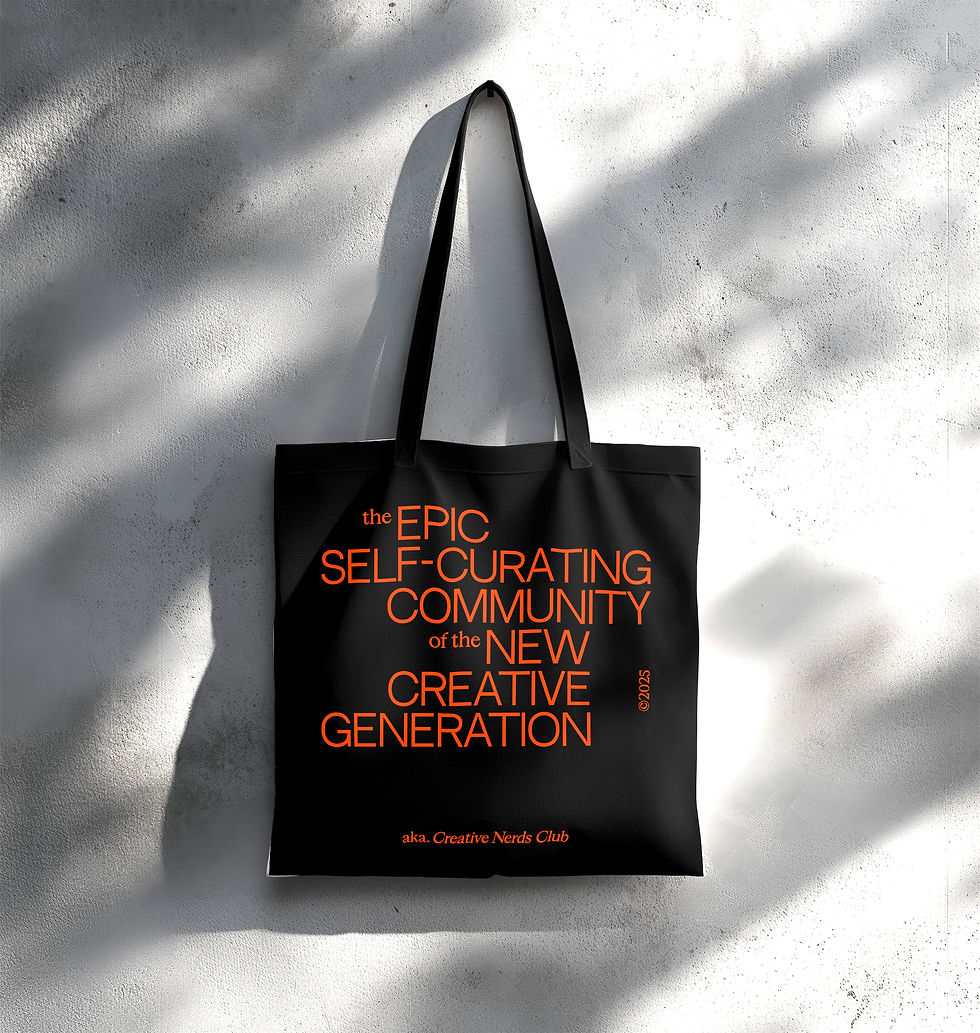Possibilities of the Image: "Reality Tour" by Roberto Rivadeneira
- Büşra Soydemir
- Aug 7, 2023
- 4 min read

Solo exhibition of Ecuadorian artist Roberto Rivadeneira, who transforms familiar landscapes from Berlin's Kreuzberg district into imperceptible realities through a single image, brings together large-scale print and mixed media canvases. We talked with the artist, who wandered between physical and digital art practices, about her productions on display at Hošek Contemporary.

In "Reality Tour", based on the Kreuzberg neighbourhood, you transform the perceived reality of familiar landscapes. What defines this area as a focal point for you?
In "Reality Tour," my focus was indeed on playing with the variables of space and the imagery we encounter in our everyday lives. The exhibition aimed to explore how perspective can vary greatly from person to person, leading to diverse interpretations of the same environment. While the exhibition took place in Kreuzberg, it is essential to clarify that the area itself was not the main subject of the artworks. Instead, Kreuzberg served as the backdrop or starting point for the exploration of spatial perception.
I chose Kreuzberg as the setting for the exhibition because it is the neighbourhood where I reside, and I have a deep personal connection to it. Spending a significant amount of time in Kreuzberg allowed me to intimately observe the landscapes and surroundings, which in turn inspired me to experiment with the perceptions of space within the context of this familiar environment.
The choice of Kreuzberg was not driven by its mix of cultures or its specific characteristics, but rather by the opportunity to delve into the relationship between reality and perception through a location I was intimately familiar with. It provided a canvas on which I could challenge the audience's understanding of familiar landscapes and invite them to contemplate the different ways we interact with and interpret space.


"Reality Tour" was a process of exploration and experimentation, a journey of discovering just how much an everyday image from a neighbourhood like Kreuzberg could be manipulated and deconstructed to reveal alternate realities and perspectives.
Your work explores the limits of the same image to find a way to change the perception of something we see every day. How did you get the inspiration for this idea?
The inspiration for the exploration of the limits of a single image in "Reality Tour" traces back to two distinct, yet intriguing, sources. The first comes from an episode in the 90s sitcom, Seinfeld. In an episode titled "Reality Tour", the character Kramer hijacks a tour bus and guides tourists through New York City according to his personal experience and perspective, bypassing the stereotypical landmarks and instead presenting a unique, subjective view of the city. This idea resonated deeply with me, and it sparked the question of how our individual perspectives shape our understanding and perception of our surroundings, how we each create our own 'reality tour' based on our personal experiences and perceptions.
The second inspiration comes from German painter Daniel Richter, renowned for his expressionistic works. In recent years, Richter embarked on an experiment of painting a series of artworks based on a single photograph. This image, depicting two wounded soldiers from the First World War, was repeatedly reinterpreted by Richter, pushing the limits of how much an image can be transformed and the diverse array of expressions that can be extrapolated from a single source. This concept sparked a fascination within me, challenging me to explore how far I could transform a single image while still retaining some semblance of its original essence.
Merging these inspirations together, "Reality Tour" was born. It was a process of exploration and experimentation, a journey of discovering just how much an everyday image from a neighbourhood like Kreuzberg could be manipulated and deconstructed to reveal alternate realities and perspectives.
Abstract images that offer an alternative perspective and spatial understanding, and images that you manipulate with a combination of traditional painting techniques, form the fiction of the exhibition. How would you describe the parallel reality and perspective that emerges?
The parallel reality and perspective that emerges from my work is an embodiment of this duality we experience daily - the tangible world we physically inhabit and the digital reality that we increasingly interact with.
Personally I feel this approach aligns with my current artistic process; wherein I seek to explore and interpret the blending of our digital and physical experiences. Through the intertwining of these realms, I aim to create a conversation about how our perceptions of reality are increasingly nuanced and multi-layered, informed by both our tangible surroundings and our digital interactions. Thus, the exhibition looks to serve as a mirror reflecting our evolving interaction with space and reality, where the physical and digital realities converge and diverge, creating a rich tapestry of parallel perspectives.

The content of the exhibition combines both your physical and digital art practice. How did these two practices transform each other during the preparation process?
The creation of "Reality Tour" was marked by an iterative dialogue between physical and digital art practices and how the process evolved together.
The seed for the exhibition was planted during an art residency I had with We Collect gallery in Madrid. There, I explored 3D software and 3D scanning techniques, manipulating photography to achieve different results. This experimentation with digital techniques initiated the foundational concept of the exhibition.
Once back in Berlin, the process became more physical. I spent days taking hundreds of photos around Kreuzberg, a relatively analog process. From these, one image was chosen and digitally manipulated, forming the foundation of the exhibition.
Next, the chosen image was transferred onto large-scale canvases, thus returning the digital manipulation back into the physical realm. These prints then underwent further transformation, where layers of transparent oil paint were applied, adding depth and complexity to the works.
In this way, the preparation for "Reality Tour" was a consistent exchange between the physical and digital realms. Each practice informed and transformed the other, creating a blur between the two, an interplay that challenged me as an artist and enriched the final outcome.



































